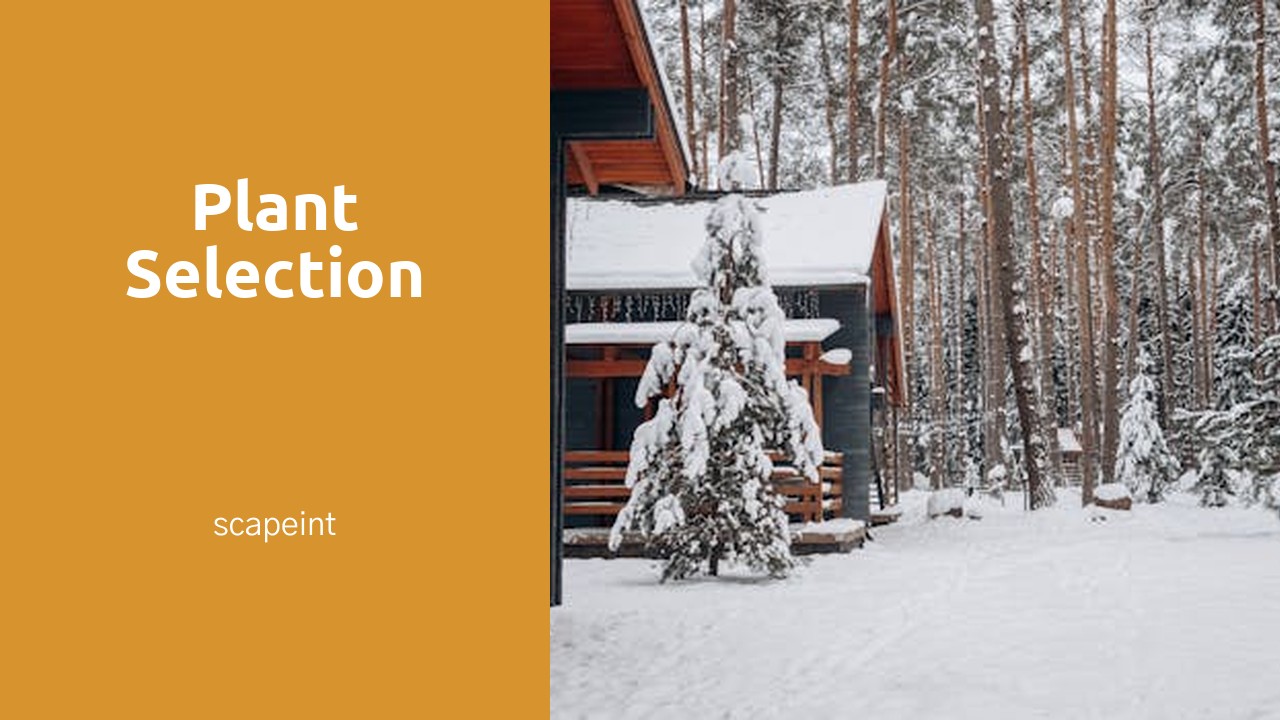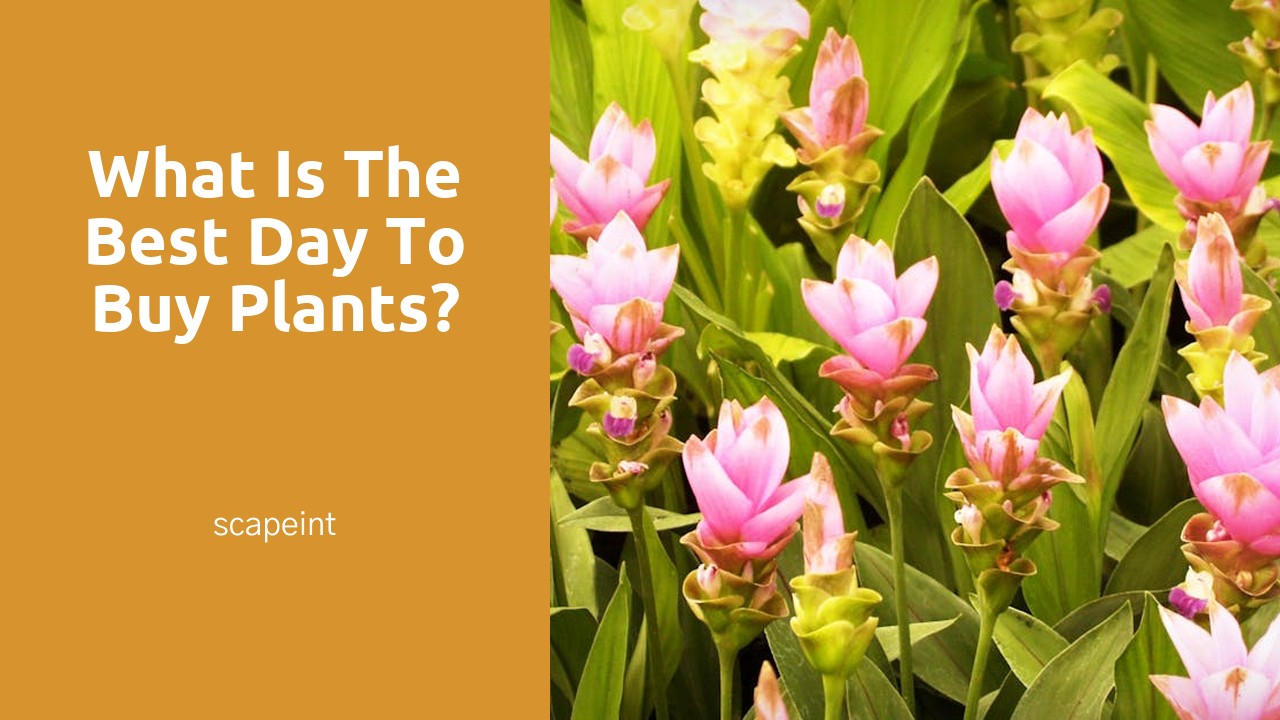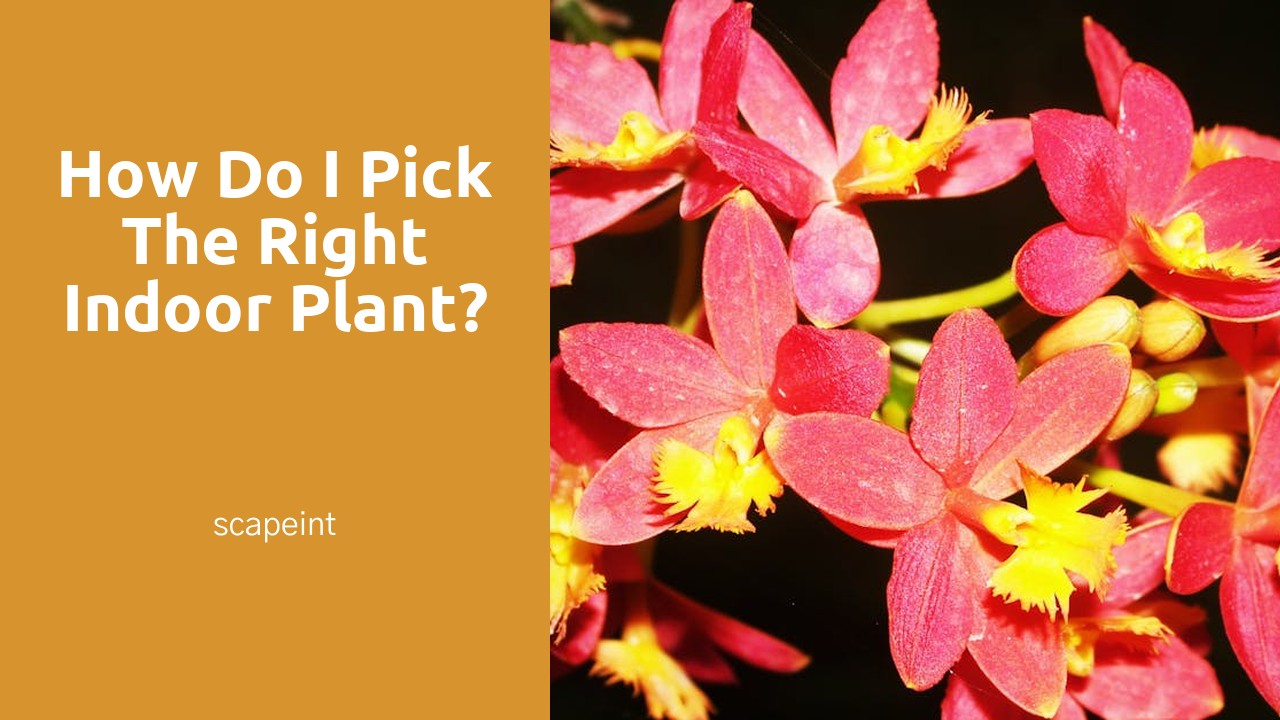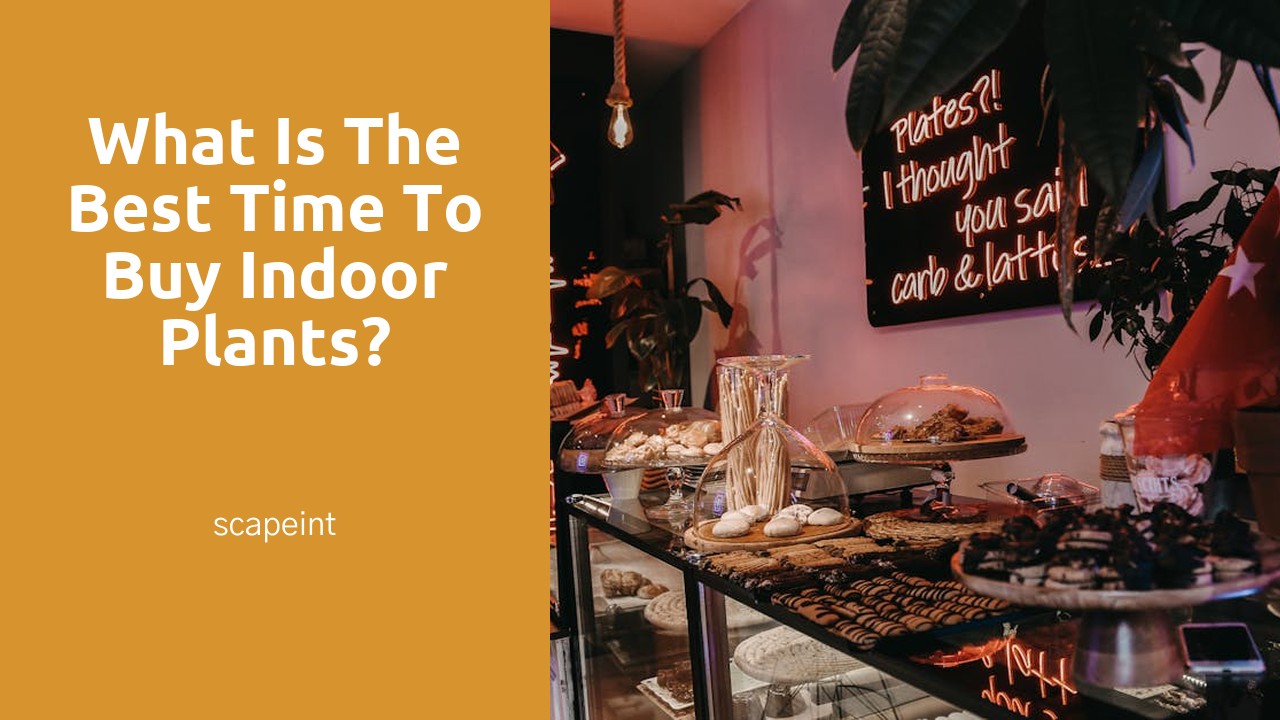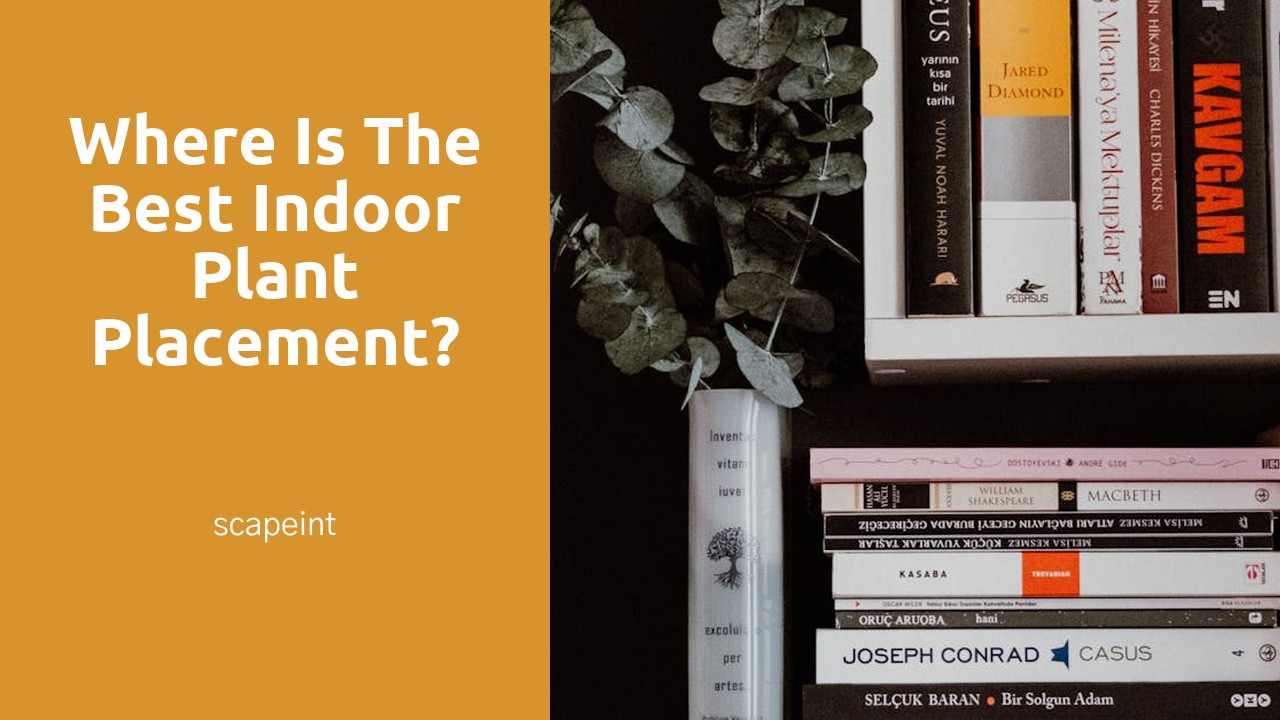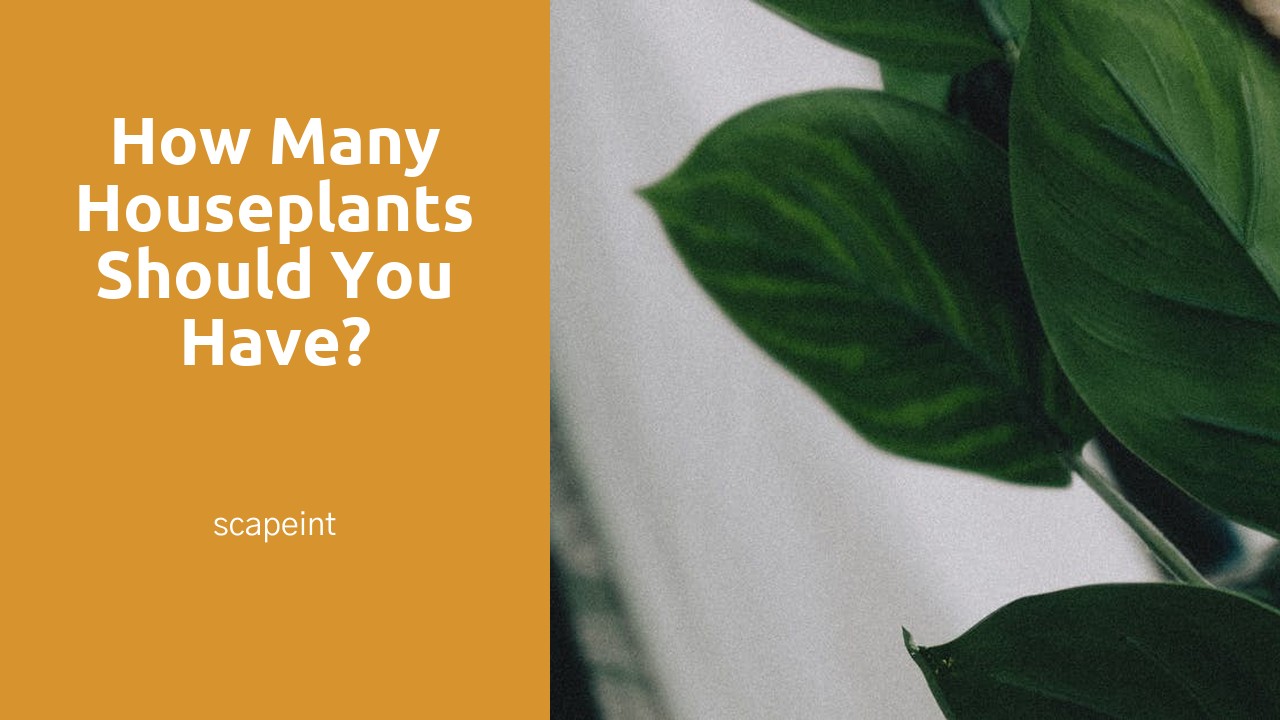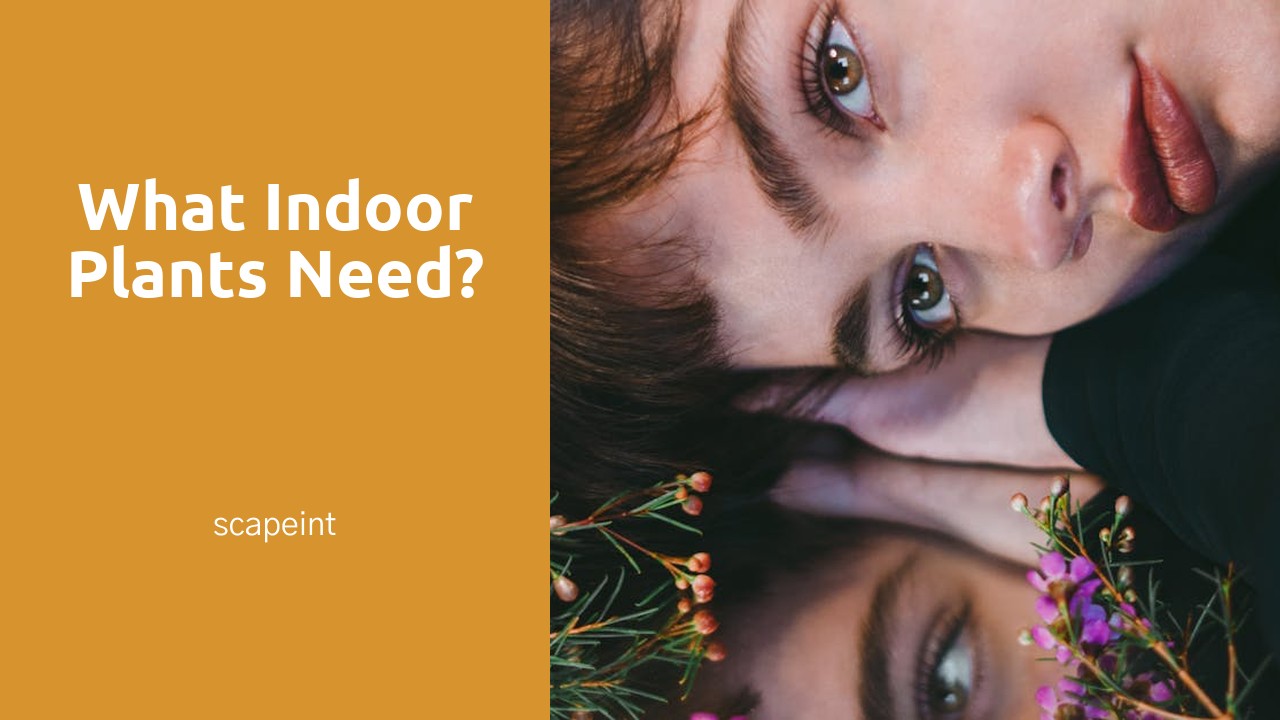
Table Of Contents
Managing Pests and Diseases
Indoor plants can sometimes fall victim to pests and diseases, which can hinder their growth and overall health. As part of Plant Selection in Brant, it is crucial to remain vigilant and regularly inspect your plants for any signs of infestations or illnesses. Common pests that may affect indoor plants include spider mites, aphids, and mealybugs, which can be controlled through various natural remedies.
When dealing with pests, it is essential to avoid using harsh chemicals that may harm your plants or pose a risk to you and your family. Instead, opt for natural remedies such as neem oil, insecticidal soap, or a mixture of water and dish soap to help control pests effectively. Regularly wiping down your plant's leaves with a damp cloth can also help prevent pests from taking hold and keep your plants looking healthy and vibrant. By staying proactive and implementing these natural pest control methods, you can maintain a thriving indoor garden that brings beauty and freshness to your living space.
Natural Remedies for Pest Control
When dealing with pests on indoor plants, it's crucial to consider natural remedies before resorting to chemical solutions. Plant Selection in Cooksville plays a significant role in preventing infestations, as certain species are more resistant to pests than others. One effective method is to introduce beneficial insects like ladybugs or lacewings, which can help keep populations of harmful bugs in check. These predatory insects can be purchased from local gardening stores and released into indoor plant environments to naturally control pests.
Another natural remedy is neem oil, derived from the seeds of the neem tree. This organic oil has insecticidal properties and can be mixed with water to create a spray that effectively targets pests like aphids, spider mites, and mealybugs. Regularly applying neem oil to indoor plants can help deter pests and prevent infestations, promoting a healthier and more vibrant plant environment. Additionally, maintaining good airflow and proper humidity levels can also discourage pests from taking hold on indoor plants.
Pruning and Trimming Indoor Plants
Pruning and trimming indoor plants is a crucial aspect of plant care to ensure their health and vitality. To maintain the desired shape and size of your plants, regular pruning is necessary. Plant Selection in Welland must take into account the specific plant species and their growth habits to determine the frequency and extent of pruning required. Trimming dead or yellowing leaves, as well as removing any diseased or damaged parts, helps promote new growth and overall plant health. It is important to use clean and sharp tools to prevent unnecessary stress and damage to the plant.
When pruning indoor plants, it is essential to pay attention to the natural growth patterns of the plant. Regularly inspect the plant for any signs of overcrowding or crossing branches that may inhibit healthy growth. Promoting air circulation within the plant helps prevent the development of diseases and encourages strong root development. By trimming back excessive growth and maintaining a balanced shape, you can support the overall health and aesthetic appeal of your indoor plants. Remember, proper pruning and trimming practices are key to ensuring the longevity and well-being of your plants.
Promoting Growth and Health
To ensure optimal growth and health of indoor plants, proper care is essential. Start by choosing the right plants for your space's conditions. Consider factors such as light levels, humidity, and temperature to select plants that thrive in your environment. When selecting indoor plants in Whitchurch-Stouffville, choose varieties that are well-suited to the local climate and your specific indoor conditions. This initial step sets the foundation for healthy plant growth.
Once you have selected the appropriate plants, focus on providing them with the right conditions to flourish. Regularly monitor and adjust factors like watering frequency, light exposure, and fertilization to meet the specific needs of each plant. In Whitchurch-Stouffville, consider the regional climate and indoor environment when caring for your plants, as these factors play a crucial role in their overall health and growth. By tailoring your care routine to the unique requirements of each plant, you can promote optimal growth and ensure the long-term health of your indoor greenery.
Repotting Indoor Plants
When it comes to the health and well-being of your indoor plants, repotting plays a crucial role. Over time, the soil in a plant's pot can become depleted of nutrients, leading to stunted growth and weaker overall health. Repotting allows the plant to have fresh, nutrient-rich soil to support its growth and development. For residents in Belleville or anyone keen on their indoor plant's health, understanding when and how to repot is essential.
For Plant Selection in Belleville, recognizing the signs that a plant needs repotting is key. One common indicator is when the roots start to circle around the inside of the pot, becoming root-bound. This can restrict the plant's ability to access water and nutrients, hindering its growth. Additionally, if you notice that your plant is drying out quickly or not thriving despite regular care, it may be time to repot it into a larger container with fresh soil. By being attentive to these signs and providing the necessary care, your indoor plants can flourish and bring greenery and vitality to your home in Belleville.
Signs that a Plant Needs Repotting
When it comes to determining whether your indoor plant needs repotting, paying close attention to its growth and overall appearance is key. A clear indicator that a plant is ready for a new pot is when you notice roots protruding from the drainage holes at the bottom or circling around the surface of the soil. Additionally, if the plant seems to be top-heavy, leaning to one side, or has stopped showing signs of new growth despite receiving adequate care, these could all be signals that it's time to repot.
Another common sign that your indoor plant is outgrowing its current container is when you observe that water is either draining too quickly or pooling on the surface, indicating that the roots may have overtaken the pot space. Lastly, if you notice the plant becoming root-bound, with roots tightly packed and circling around the pot, it's definitely time to consider repotting. Remember, proper care and attention to your plant's needs, including regular monitoring and repotting when necessary, are crucial for maintaining healthy and flourishing Plant Selection in Norfolk.
FAQS
How often should I water my indoor plants?
The frequency of watering indoor plants varies depending on the type of plant, its size, and the environmental conditions. In general, it's best to check the soil moisture level before watering to prevent over-watering.
What kind of light do indoor plants need?
Most indoor plants thrive in bright, indirect light. However, the light requirements may vary for different plant species. It's important to place your indoor plants in a location where they can receive adequate light for healthy growth.
How can I prevent pests and diseases in my indoor plants?
To prevent pests and diseases in indoor plants, it's essential to maintain good plant hygiene by regularly cleaning the leaves, inspecting for any signs of infestation, and providing proper air circulation. Additionally, using natural remedies like neem oil or insecticidal soap can help control pests.
When should I repot my indoor plants?
Indoor plants should be repotted when they outgrow their current container, show signs of root-bound growth, or exhibit declining health despite proper care. Keep an eye out for roots emerging from the drainage holes or soil drying out too quickly as indicators that it may be time to repot your plant.
How can I promote growth and health in my indoor plants?
To promote growth and health in indoor plants, ensure they are placed in an appropriate location with adequate light and humidity levels. Regularly fertilize the plants during their growing season, prune and trim them to encourage new growth, and repot them as needed to prevent root-bound conditions.
